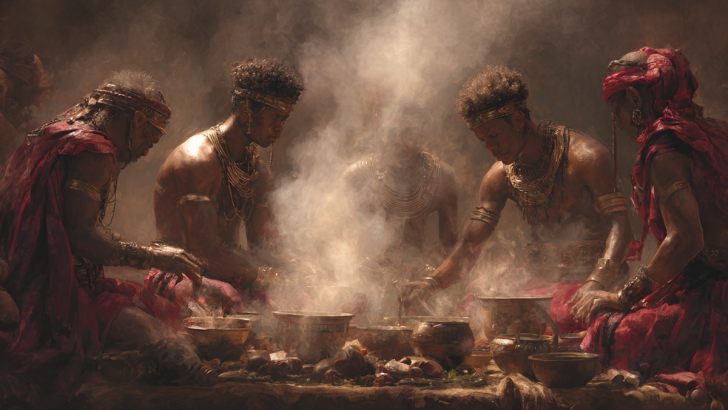Kings and queens of the ancient world weren’t just powerful rulers – they were also keepers of mysterious traditions hidden from ordinary people.
These secret royal rituals connected monarchs to the gods, protected their kingdoms from disaster, and kept their special powers safe from prying eyes.
From blood offerings to magical ceremonies, these hidden practices shaped the way ancient royals ruled their lands for thousands of years.
1. The Substitute King’s Final Days
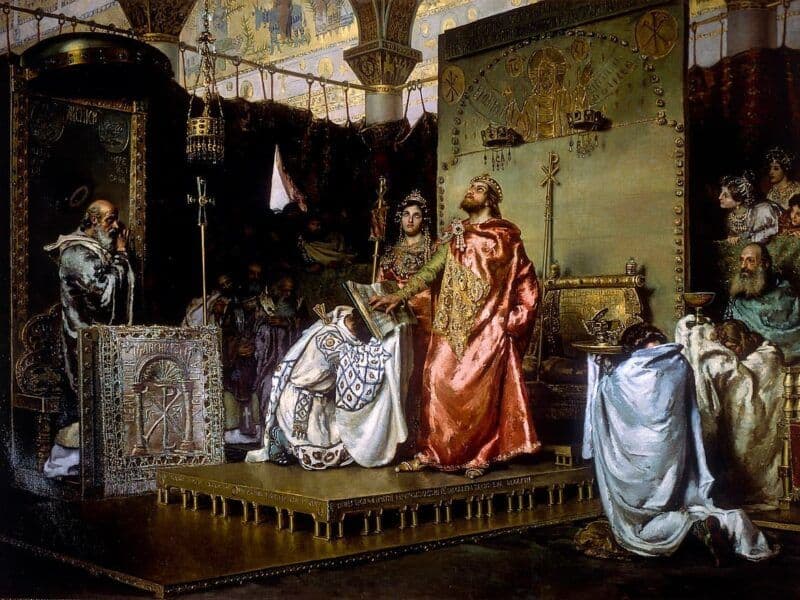
When bad omens threatened Assyrian kings, they deployed a shocking survival tactic: installing a temporary ruler to absorb the predicted disaster. A commoner would be dressed in royal robes, given the palace, and even the queen for a set period – often during eclipses or other celestial warnings.
Behind closed doors, priests performed secret ceremonies transferring the king’s identity to this unfortunate stand-in. After the danger passed, the substitute was quietly executed, taking the bad fortune with them to the grave.
Real kings would hide away during this time, sometimes disguised as ordinary citizens, watching from afar as their double lived and died in their place.
2. Blood Offerings Under Moonlight
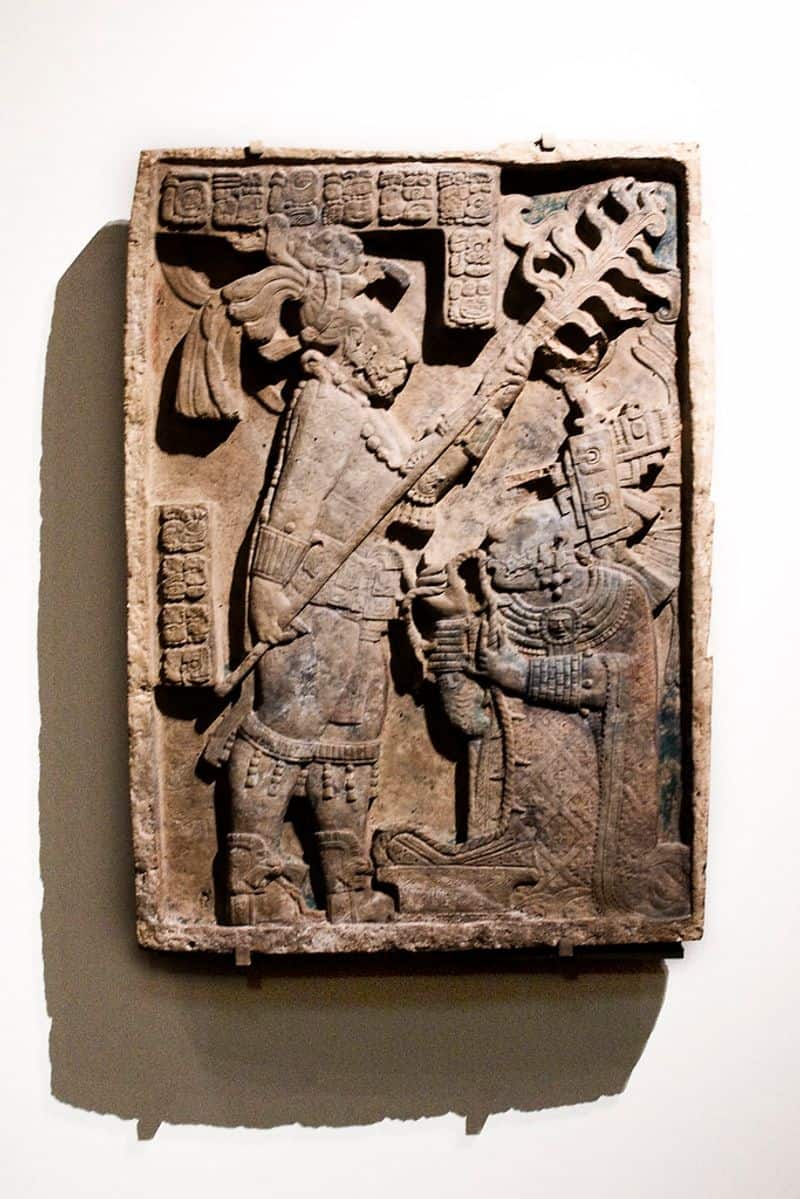
Maya royalty practiced self-sacrifice through bloodletting ceremonies that few commoners ever witnessed. Under cover of darkness, kings and queens would pierce their tongues, ears, or private parts with stingray spines, collecting the royal blood on sacred paper.
This blood-soaked paper was then burned, creating smoke believed to open portals to the spirit world. The more pain endured, the more powerful the connection to ancestral gods.
Royal children began participating in modified versions of these rituals as young as age six, preparing them for a lifetime of painful devotion that separated them from ordinary subjects.
3. The Pharaoh’s Midnight Sun Communion
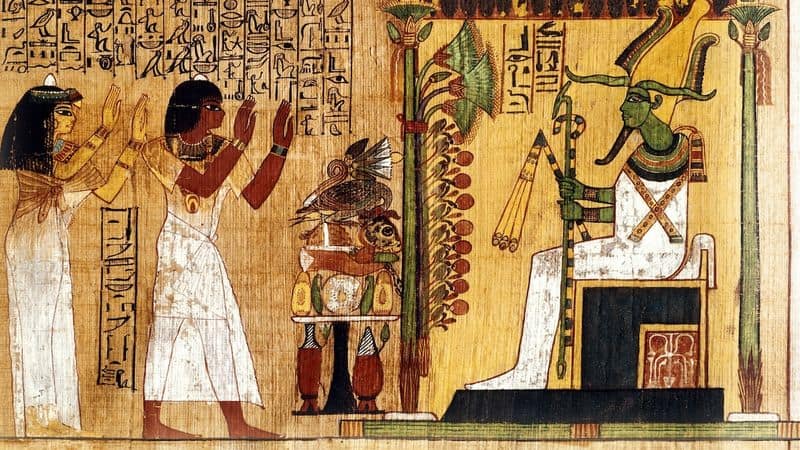
Egyptian pharaohs regularly slipped away from their courts to perform a ritual only they could conduct – direct communion with Ra, the sun god. During special astronomical alignments, the pharaoh would enter a sealed chamber where a complex system of mirrors and gold surfaces captured moonlight in a way that mimicked the sun’s rays.
Stripped of royal garments and wearing only simple linen, the pharaoh would recite sacred texts believed to rejuvenate the sun’s power during its nightly journey through the underworld. Failure to perform this ritual properly was thought to risk the sun not rising the next day.
Only the highest priests knew of this ceremony’s existence, taking its details to their graves.
4. Consuming the Heart of Courage
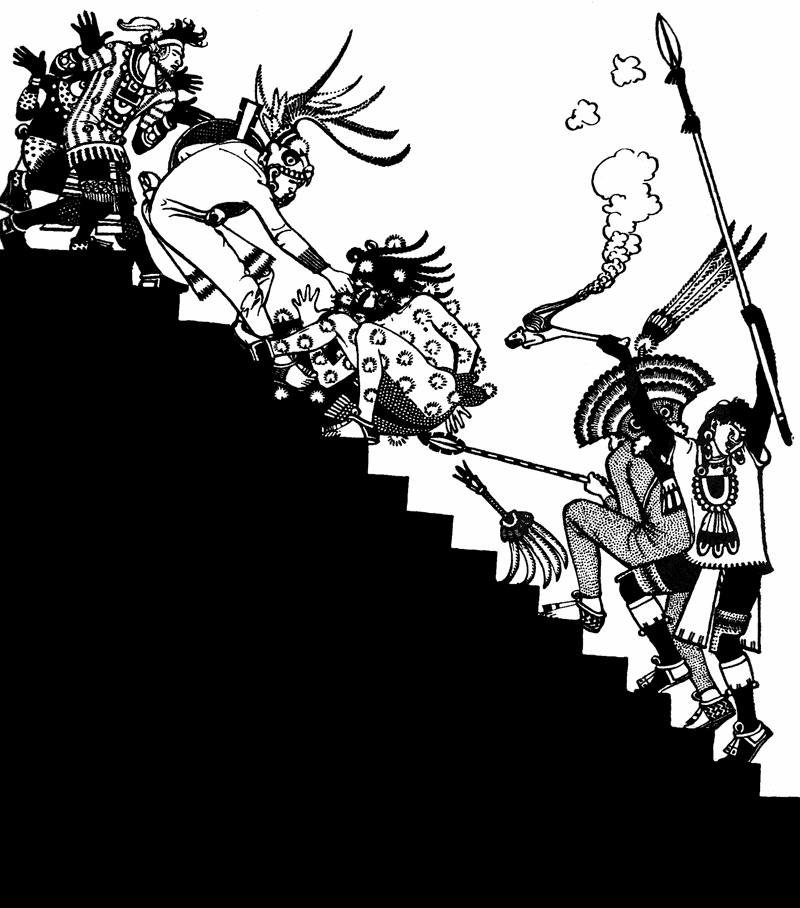
Aztec emperors participated in a gruesome ritual hidden from public view – consuming a small piece of the heart from a captured enemy warrior. Unlike public sacrifices meant to impress the masses, this intimate ceremony took place with only a handful of elite priests present.
The warrior’s heart was specially prepared with herbs and spices believed to preserve the courage and fighting spirit of the fallen enemy. By ingesting their adversary’s essence, the emperor absorbed their strength while preventing their spirit from seeking revenge in the afterlife.
Warriors selected for this honor received special treatment before their deaths, living as honored guests in the palace.
5. The Forbidden Nectar Ceremony
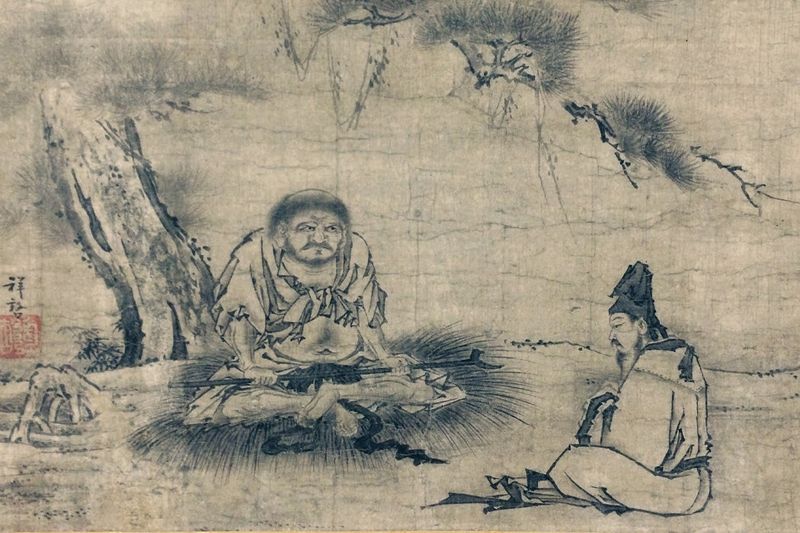
Chinese emperors of the Han dynasty participated in the secretive Elixir Ritual, drinking special concoctions prepared by court alchemists seeking immortality. These potions contained rare ingredients gathered from the farthest reaches of the empire – from jade powder to exotic mushrooms and sometimes toxic minerals like mercury.
The ceremony took place during specific astronomical alignments in chambers deep within the imperial palace. Guards ensured absolute privacy as the emperor consumed these potentially dangerous substances while priests chanted ancient formulas.
Many historians believe these secret elixirs contributed to the mysterious deaths of several emperors, including Qin Shi Huang, who ironically died seeking eternal life.
6. The Royal Twin Shadow Ritual
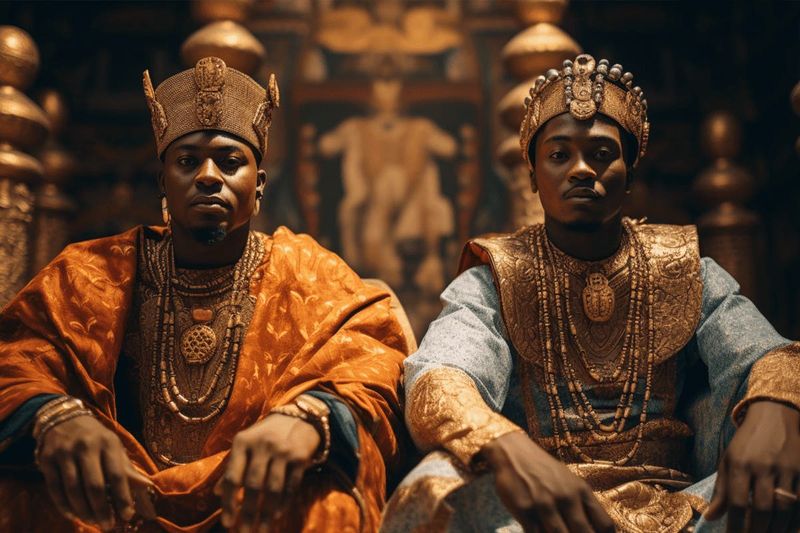
African kingdoms like ancient Ghana and Mali practiced the secretive Twin Shadow ritual whenever royal twins were born. Considered both a blessing and potential curse, one twin would be raised publicly while the other was raised in complete secrecy by trusted priests.
The hidden twin lived in underground chambers, never seeing sunlight, becoming a mystical counterpart to the public royal. During crises, the shadow twin performed mirror rituals, experiencing the opposite of whatever affected the kingdom – fasting during plenty, celebrating during mourning.
This spiritual balancing act was believed to maintain cosmic harmony, with the hidden twin sacrificing normal life to serve as the kingdom’s spiritual anchor.
7. Whispering to Ancestral Skulls
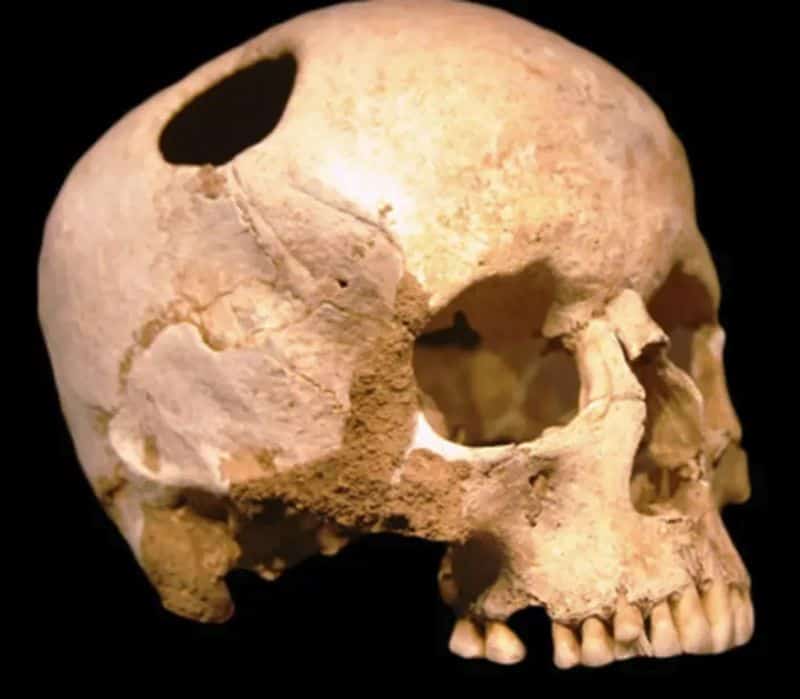
Polynesian island rulers maintained sacred skull houses where the preserved heads of royal ancestors were kept. On nights of no moon, the king or queen would enter alone to commune with their predecessors through a ritual involving kava, a mild psychoactive drink.
After consuming the specially prepared kava, the monarch would speak directly to each skull, asking for guidance on important matters. The answers were said to come as whispers only the current ruler could hear.
Any ruler who failed to maintain this connection risked losing divine favor. Some early European explorers reported hearing strange conversations from royal huts but were forbidden from investigating under penalty of death.
8. The Monarch’s Secret Rebirth
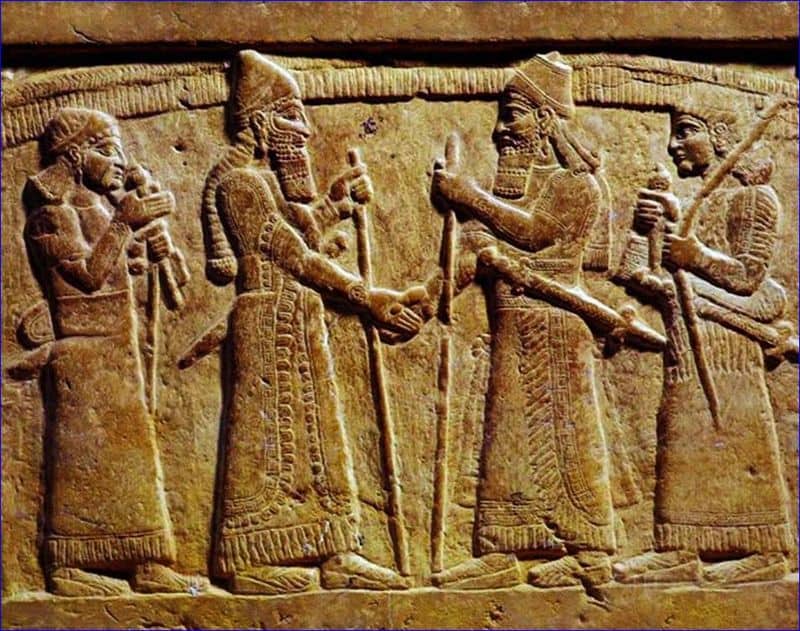
Persian kings participated in a hidden ritual of symbolic death and rebirth each year on the anniversary of their coronation. The king would enter a specially constructed underground chamber resembling a tomb where priests would wrap him in burial cloths and recite death rites over his body.
After lying motionless for hours in complete darkness, sacred fires would be lit, and the king would emerge, symbolically reborn with renewed divine authority. This secret ceremony reinforced the king’s connection to Ahura Mazda, the creator deity.
Only seven witnesses were allowed – representing the seven celestial bodies known to ancient astronomers – and each was sworn to secrecy upon pain of death.
9. The Royal Poison Immunity Ritual
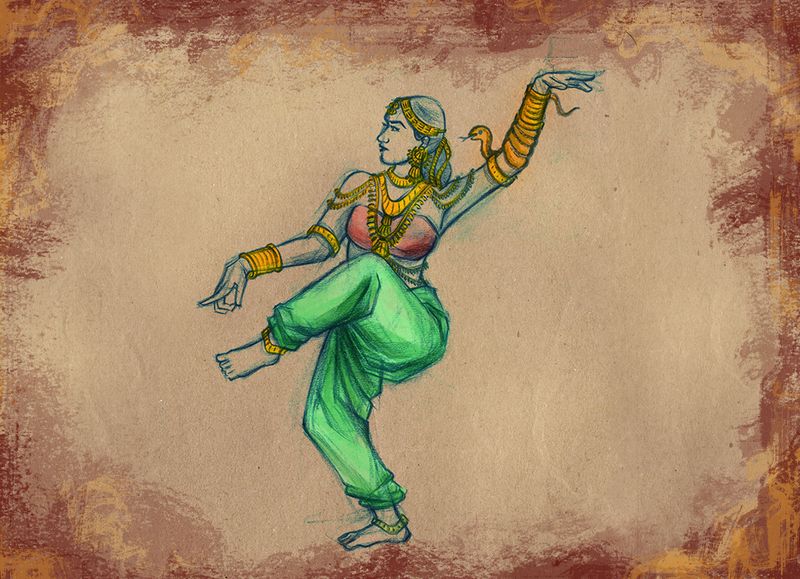
Rulers of ancient India practiced Vishakanya – the gradual building of poison immunity through secret consumption of toxic substances. Beginning in childhood, future kings and queens received increasingly potent doses of poisons mixed into special honey preparations administered by trusted physicians.
This lifelong ritual made their bodies toxic to others – a kiss or intimate contact could kill an assassin or disloyal consort. The final ceremony, performed when ascending the throne, involved consuming a potentially lethal dose that ordinary humans couldn’t survive.
Royal sweat was collected after this ritual and used to create weapons with poisoned blades, linking the monarch’s essence directly to the kingdom’s defense.
10. The Midnight Crown Weighing
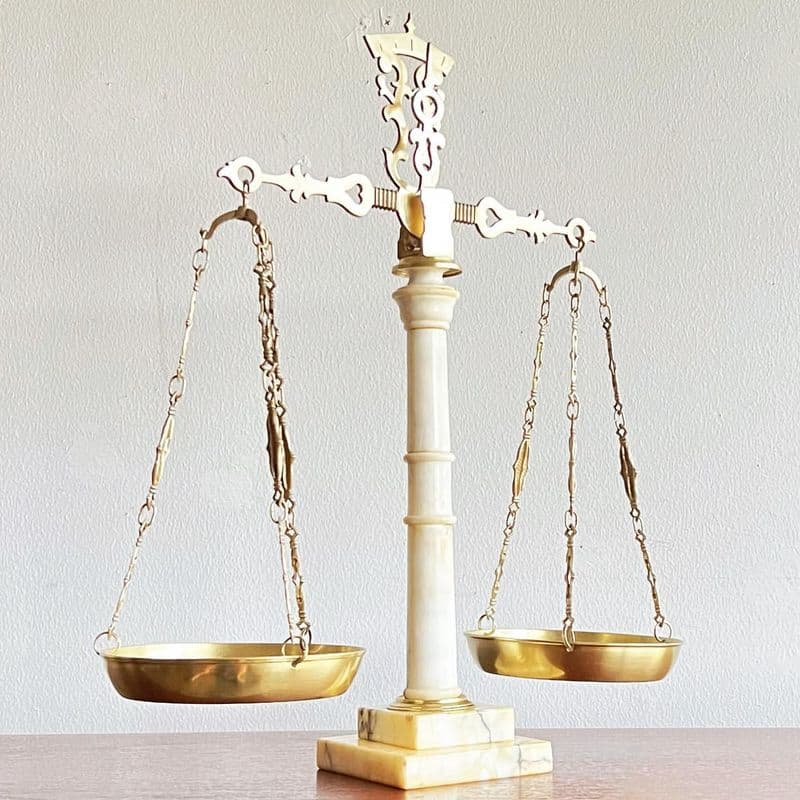
European monarchs during the Medieval period participated in the secret Midnight Crown Weighing ceremony. Once yearly, the king or queen would enter the royal treasury alone at midnight to place their crown on a special scale balanced against symbols of their kingdom – soil, water, and bread.
If the crown weighed more than these elements, priests interpreted this as a sign the monarch was placing personal glory above the welfare of their subjects. Special prayers and penances would be assigned to correct this imbalance.
The ceremony’s existence was known only to the monarch, their confessor, and a single royal jeweler who maintained the sacred scales.

